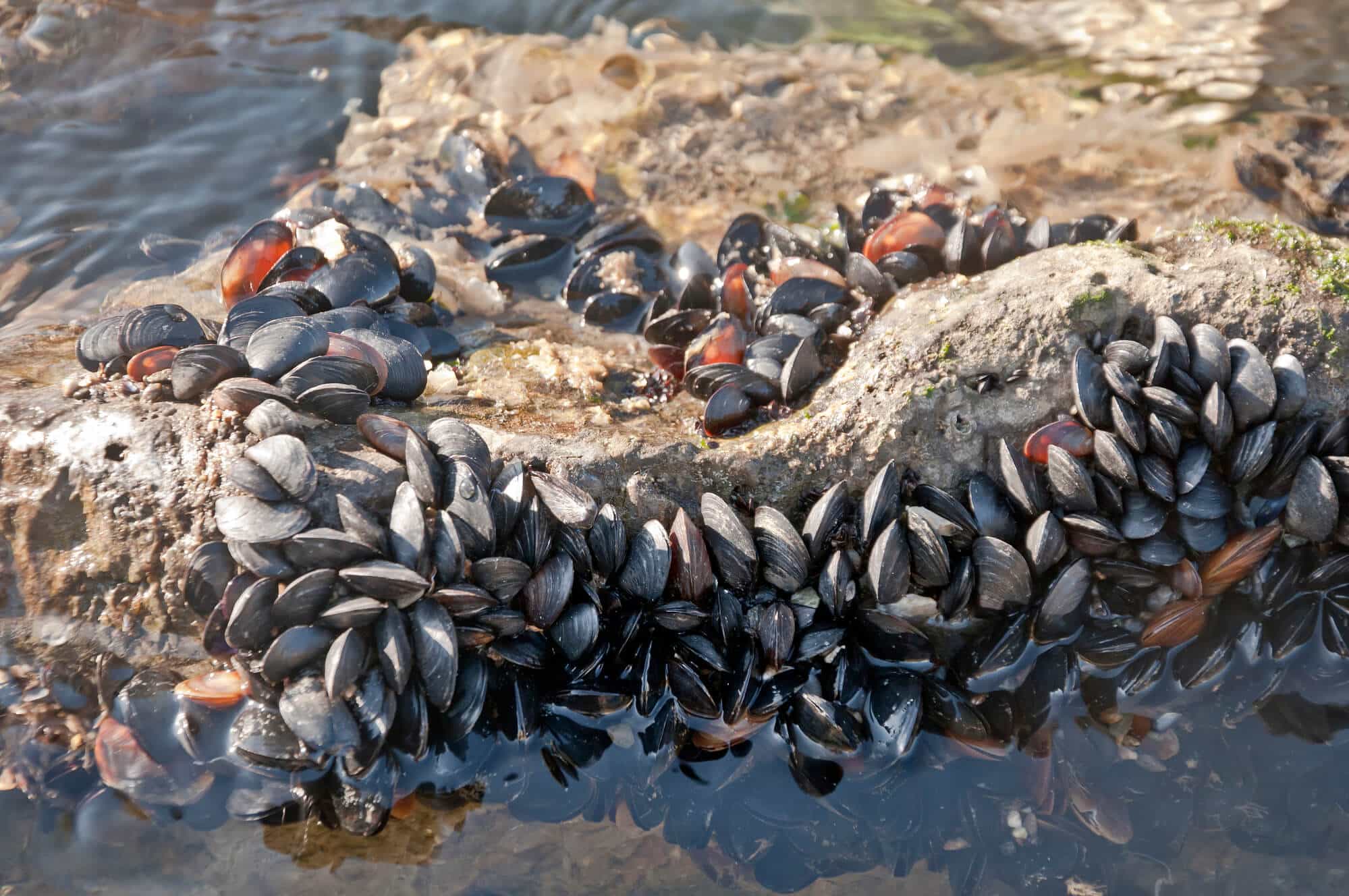Researchers used an innovative method to replace proteins used to stick molluscs to different surfaces, developing a stronger-than-expected glue

[Translation by Dr. Moshe Nachmani]
Anyone who has tried to pluck molluscs out of a tree or rock knows how tenacious they are in sticking to surfaces, so the secret of their glue has fascinated many scientists. For many years, researchers have tried to replicate this unusual glue and its properties in the laboratory, focusing on some of the eight proteins that molluscs secrete and use to stick to different surfaces. Now, using an innovative method of organizing molecules, researchers at Northwestern University have succeeded in creating a material that performs even better than the glue they were trying to mimic. The findings were published in the scientific journal Journal of the American Chemical Society.
"The cutting-edge adhesive is based on polymers that can be used as glue in the biomedical field, that is - now the researchers will be able to glue them to a defined tissue in the body," said lead researcher Nathan Gianneschi. In addition, the glue will be able to hold nearby molecules in place, a mechanism that could be useful in healing or restoring wounds."
The proteins secreted by shellfish exist in nature and belong to a family of long and linear proteins with repeating units of amino acid sequences called tandem repeat proteins (TRPs). Being stretchy, strong and sticky proteins, they are found in the wings and legs of insects, the silk of spiders and the legs of molluscs. Scientists know the exact primary sequences of the amino acids that make up many of these proteins, but they have encountered difficulties in imitating the complex natural process while preserving their special qualities. The researchers decided to take the repeating unit of one of these proteins, which consists of a sequence of 10 amino acids, and insert it into a synthetic polymer, with the aim of preserving the original properties. The research group specializes in precise healing methods that use antibodies and other small molecules to fight various diseases, while using a nanocarrier that carries the medicine more precisely to the target site, such as a cancerous tumor. However, the lead researcher claims that protein replication could be an innovative biological approach to treating various challenges in the field in a different way, by changing the interactions within and between cells involved in the development of various diseases, or between different cells, tissues and substances. "In proteins, amino acids are organized in the configuration of chains, but we took them and instead organized them in a parallel way, within a compressed backbone of synthetic polymers" said the lead researcher. In the end, the researchers created a structure of a protein array that resembles a brush, instead of arranging the amino acids in a straight line in a chain configuration.
In order to test the effectiveness of the innovative material, the researchers used it for gluing cells onto glass plates. The researchers stuck cells on the plates and in the next step, after washing them, they checked how many of the original cells were actually stuck. They found that the innovative method led to the creation of cellular super-glue where most of the cells that were placed on the plate with the glue did remain on it. The researchers were surprised to find that their glue worked better than the natural glue.
The research team hopes that their innovative approach can be widely applied to other proteins where there are repeating units, with the aim of obtaining new functions of those proteins. They hypothesize that such an arrangement will have better performance than the original arrangement, this is in light of the fact that they are more compressed. The researchers explain that the new adhesive material is just one of many possible applications of polymer-based replacement proteins, and that they are already thinking about the development of future materials. Resilin, for example, is a protein that creates elastic structures in the cuticle of many insects. The structures produced from this protein allow insects, for example, to jump very high and quickly. Resilin is considered one of the most elastic substances known to man - the elasticity of Resilin is close to perfection, as it is able to release 96 percent of the energy spent in stretching it. This protein, for example, could be used in the development of more flexible aircraft.
The article describing the research findings
More of the topic in Hayadan:
